Home>Garden Essentials>How To Plant Orange Seeds


Garden Essentials
How To Plant Orange Seeds
Modified: March 16, 2024
Learn how to plant orange seeds in your garden and enjoy the satisfaction of growing your own citrus fruits from scratch.
(Many of the links in this article redirect to a specific reviewed product. Your purchase of these products through affiliate links helps to generate commission for Storables.com, at no extra cost. Learn more)
Introduction
Welcome to the wonderful world of gardening! If you’ve ever enjoyed the delicious, tangy flavor of an orange, have you ever considered growing your own? Planting orange seeds can be a rewarding and satisfying experience, allowing you to witness the entire life cycle of this beautiful fruit, from seed to harvest.
In this guide, we will walk you through the step-by-step process of planting orange seeds and provide you with valuable tips to help your seeds thrive. So, get your gardening gloves ready and let’s dive into the exciting journey of growing your own oranges!
Key Takeaways:
- Grow your own oranges by following 8 simple steps, from preparing seeds to transplanting seedlings. Enjoy the rewarding journey of nurturing your own citrus orchard at home!
- Provide proper care, watering, and sunlight to watch your orange seedlings thrive and bear delicious fruits. Patience and dedication will lead to a bountiful harvest!
Read more: How To Grow An Orange Tree From Seed
Step 1: Gather Supplies
Before you start planting orange seeds, it’s essential to gather all the necessary supplies. Here’s a list of items you’ll need:
- Orange fruits: Choose ripe oranges from a local grocery store. Make sure they are organic and free from any diseases.
- Knife: You’ll need a sharp knife to cut open the oranges and extract the seeds.
- Paper towels: These will be used to dry the seeds after extraction.
- Pots or containers: Get small pots or seedling trays with drainage holes to plant the seeds.
- Seed-starting mix: Purchase a high-quality seed-starting mix from a garden center or make your own by combining peat moss, perlite, and vermiculite.
- Watering can or spray bottle: Ensure you have a convenient way to water the seedlings gently.
- Grow lights or sunny window: If you don’t have access to ample sunlight, invest in grow lights to provide artificial light for the seedlings.
- Misting bottle: Opt for a misting bottle to keep the soil moist without causing waterlogging.
Once you’ve gathered these essential supplies, you’re ready to move on to the next step and prepare the orange seeds for planting!
Step 2: Prepare the Orange Seeds
Now that you have your supplies ready, it’s time to prepare the orange seeds for planting. Follow these steps to ensure successful germination:
- Take a ripe orange and cut it open with a knife. Carefully remove the seeds from the fruit, being cautious not to damage them.
- Gently rinse the seeds under running water to remove any pulp or debris.
- Place the seeds on a paper towel and pat them dry. Make sure to handle them delicately, as they are fragile.
- Allow the seeds to air dry for a day or two. This process will help prevent mold and fungal growth during planting.
By properly preparing the orange seeds, you’ll provide them with the best opportunity to sprout and grow into healthy seedlings. Now that the seeds are prepared, it’s time to move on to selecting the right soil for planting.
Step 3: Choose the Right Soil
Selecting the appropriate soil is crucial for the successful growth of your orange seedlings. Here are a few factors to consider when choosing the right soil:
- Well-draining: Orange trees require well-draining soil to prevent waterlogging, which can lead to root rot. Ensure that the soil you choose allows excess water to drain away easily.
- Loamy texture: A loamy soil is ideal for orange trees as it provides excellent drainage while retaining enough moisture for the roots. It consists of a balanced mixture of sand, silt, and clay.
- pH level: Orange trees thrive in slightly acidic to neutral soil, with a pH range of 6.0 to 7.5. Test the pH level of your soil and make any necessary adjustments with organic matter or soil amendments.
- Nutrient-rich: Orange trees require a nutrient-rich soil to support healthy growth and fruit production. Consider adding organic compost or well-balanced fertilizer to provide essential nutrients.
If you’re uncertain about the quality of your soil, you can improve it by mixing in compost or well-rotted manure. This will enhance the soil’s fertility and structure, ensuring your orange seedlings receive the necessary nutrients and moisture.
Once you’ve selected the right soil, it’s time to move on to planting the orange seeds and kickstarting their growth journey. We’ll cover that in the next step!
Step 4: Planting the Orange Seeds
Now that you have prepared the seeds and selected the right soil, it’s time to plant your orange seeds. Follow these steps for successful planting:
- Fill your pots or seedling trays with the well-draining soil that you have prepared. Leave about an inch of space at the top.
- Poke a small hole in the soil using your finger or a pencil. The hole should be about ½ to 1 inch deep.
- Place one seed in each hole and cover it with soil gently. Ensure that the seed is completely covered but not buried too deeply.
- Water the soil gently to settle it around the seeds. Avoid overwatering, as excessive moisture can lead to rotting.
- Label your pots or trays with the date of planting and the variety of orange seeds you have planted. This will help you keep track of their progress.
- Place the pots or trays in a warm location with indirect sunlight. A temperature around 70-80°F (21-27°C) is ideal for germination.
Remember to keep the soil moist but not soggy. Using a misting bottle can be helpful to provide moisture without disturbing the seeds.
Now that you have planted the orange seeds, it’s time to move on to the next step: providing adequate watering to support their growth. Let’s dive in!
When planting orange seeds, make sure to use well-draining soil and keep the seeds moist but not waterlogged. Plant the seeds 1 inch deep and keep them in a warm, sunny location. Be patient, as it can take several weeks for the seeds to germinate.
Read more: How Many Orange Seeds Can You Eat
Step 5: Provide Adequate Watering
Watering is a crucial aspect of caring for your orange seedlings. Proper hydration is essential for their growth and overall health. Follow these guidelines to ensure adequate watering:
- Monitor the moisture levels: Check the moisture levels of the soil regularly by inserting your finger about an inch into the soil. If it feels dry, it’s time to water.
- Watering frequency: Water the seedlings when the top inch of soil feels dry. Avoid overwatering, as it can lead to root rot. It’s better to underwater slightly than to overwater.
- Gentle watering: Use a watering can or a spray bottle with a fine mist setting to water the seedlings. This will prevent the soil from becoming compacted and help avoid damage to the delicate seedlings.
- Avoid waterlogging: Ensure that the pots or trays have proper drainage holes to allow excess water to escape. Standing water can drown the roots, so make sure to remove any excess water that accumulates in the saucer or tray.
As the seedlings grow, adjust the watering frequency to accommodate their increasing water needs. It’s important to maintain consistent moisture without causing waterlogging.
In addition to adequate watering, the growth of your orange seedlings depends on proper sunlight and temperature conditions. Let’s explore these requirements in the next step!
Step 6: Sunlight and Temperature Requirements
Providing the right amount of sunlight and maintaining suitable temperature conditions are vital for the healthy growth of your orange seedlings. Follow these guidelines to meet their requirements:
- Sunlight exposure: Orange trees are sun-loving plants and require at least 6-8 hours of direct sunlight per day for optimal growth. Place your seedlings in a location that receives ample sunlight, such as a sunny window or outdoors in a spot with full sun.
- Temperature range: Orange trees thrive in moderate to warm temperatures. Ideally, the temperature should be between 65-85°F (18-29°C). Extreme cold or hot temperatures can be detrimental to their growth. Avoid exposing them to frost or temperatures below 50°F (10°C).
- Protection from harsh conditions: If you live in an area with extreme temperatures or high winds, consider providing protection to your seedlings. You can use a shade cloth during hot summer days or move them indoors during cold snaps to prevent damage.
It’s important to note that as your seedlings grow, they may require more space and sunlight. Be prepared to gradually acclimate them to outdoor conditions or transplant them to larger pots or the garden when they outgrow their initial containers.
Now that you know how to provide the right light and temperature conditions, let’s move on to caring for the growing seedlings in the next step.
Step 7: Caring for the Seedlings
As your orange seedlings continue to grow, they require proper care and attention. Follow these tips to ensure their well-being:
- Regularly check soil moisture: As the seedlings grow, monitor the moisture levels in the soil. Stick to a consistent watering schedule, keeping the soil evenly moist but not waterlogged. Adjust the watering frequency based on the environmental conditions.
- Prune if necessary: If you notice any weak or leggy growth, trim it back to promote bushier growth. Regular pruning helps maintain a sturdy and well-shaped tree.
- Fertilize as needed: Once the seedlings have developed a couple of sets of leaves, you can start feeding them with a balanced liquid fertilizer. Follow the instructions on the fertilizer packaging and apply it every 4-6 weeks during the growing season.
- Provide support: As your seedlings grow taller, they may require support to prevent them from bending or snapping. Use stakes or small trellises to provide support as necessary.
- Watch for pests and diseases: Keep an eye out for any signs of pests or diseases, such as aphids, mealybugs, or fungal infections. If you spot any issues, treat them promptly with organic pest control methods or consult a local gardening expert for assistance.
Regularly observe your seedlings for any signs of stress or nutrient deficiencies. Adjust your care routine accordingly to ensure their optimal growth and development.
With proper care, your orange seedlings will soon be ready for the next stage of their journey: transplanting. Let’s explore this important step in the next section!
Step 8: Transplanting the Seedlings
Transplanting your orange seedlings is a crucial step in their growth journey. Follow these steps to successfully transplant them into their permanent location:
- Choose the right time: Wait until the seedling has developed a strong root system and is at least 6-8 inches tall before transplanting. Ideally, transplant in the early spring when the weather is mild.
- Prepare the new location: Select a sunny spot in your garden with well-draining soil. Dig a hole that is wider and deeper than the root ball of the seedling.
- Remove the seedling from its container: Gently tap the sides of the container to loosen the seedling’s root ball. Carefully remove it from the pot, being mindful not to damage the delicate roots.
- Place the seedling in the hole: Position the seedling in the center of the hole and backfill with soil. Ensure that the top of the root ball is level with the surrounding soil surface.
- Water thoroughly: After transplanting, water the seedling thoroughly to help settle the soil around the roots. Continue to water regularly for the first few weeks to provide adequate moisture as the seedling adjusts to its new environment.
- Provide support if needed: If the seedling is tall or prone to wind damage, use stakes or a small trellis to provide support until it becomes more established.
After transplanting, continue to monitor the seedling’s growth and provide ongoing care, including adequate watering, pruning, and fertilizing as needed. With time and proper care, your orange seedling will grow into a healthy, fruit-bearing tree.
Congratulations! You’ve now completed the eight fundamental steps to plant and care for orange seeds. With patience and dedication, your efforts will soon be rewarded with delicious, homegrown oranges. Enjoy the journey of nurturing your orange tree and relish the fruits of your labor in the years to come!
Read more: Why Don’t Oranges Have Seeds
Conclusion
Planting orange seeds and growing your own orange tree can be a fulfilling and rewarding experience. By following the eight steps outlined in this guide, you can successfully navigate the process and watch as your seedlings transform into fruitful trees.
From gathering supplies and preparing the seeds to choosing the right soil, providing adequate watering, and ensuring proper sunlight and temperature conditions, each step is crucial in nurturing healthy, thriving orange seedlings. Caring for your seedlings, monitoring their growth, and addressing any issues promptly will contribute to their overall well-being.
Remember, gardening is a process that requires patience and dedication. The journey of growing an orange tree from a tiny seed is filled with wonder and anticipation. Take joy in watching your seedlings sprout, their leaves unfurl, and their delicate stems thicken and strengthen over time.
As your orange tree matures, it will not only provide shade and beauty but also reward you with delicious, sweet oranges. Harvesting and enjoying the fruits of your labor will be a satisfying experience like no other.
So, whether you have a small garden, a patio, or even a sunny window, don’t hesitate to dive into the world of growing oranges from seeds. With careful attention and nurturing, you can create your own mini citrus orchard and relish the flavor and freshness of homegrown oranges.
Happy gardening!
Frequently Asked Questions about How To Plant Orange Seeds
Was this page helpful?
At Storables.com, we guarantee accurate and reliable information. Our content, validated by Expert Board Contributors, is crafted following stringent Editorial Policies. We're committed to providing you with well-researched, expert-backed insights for all your informational needs.





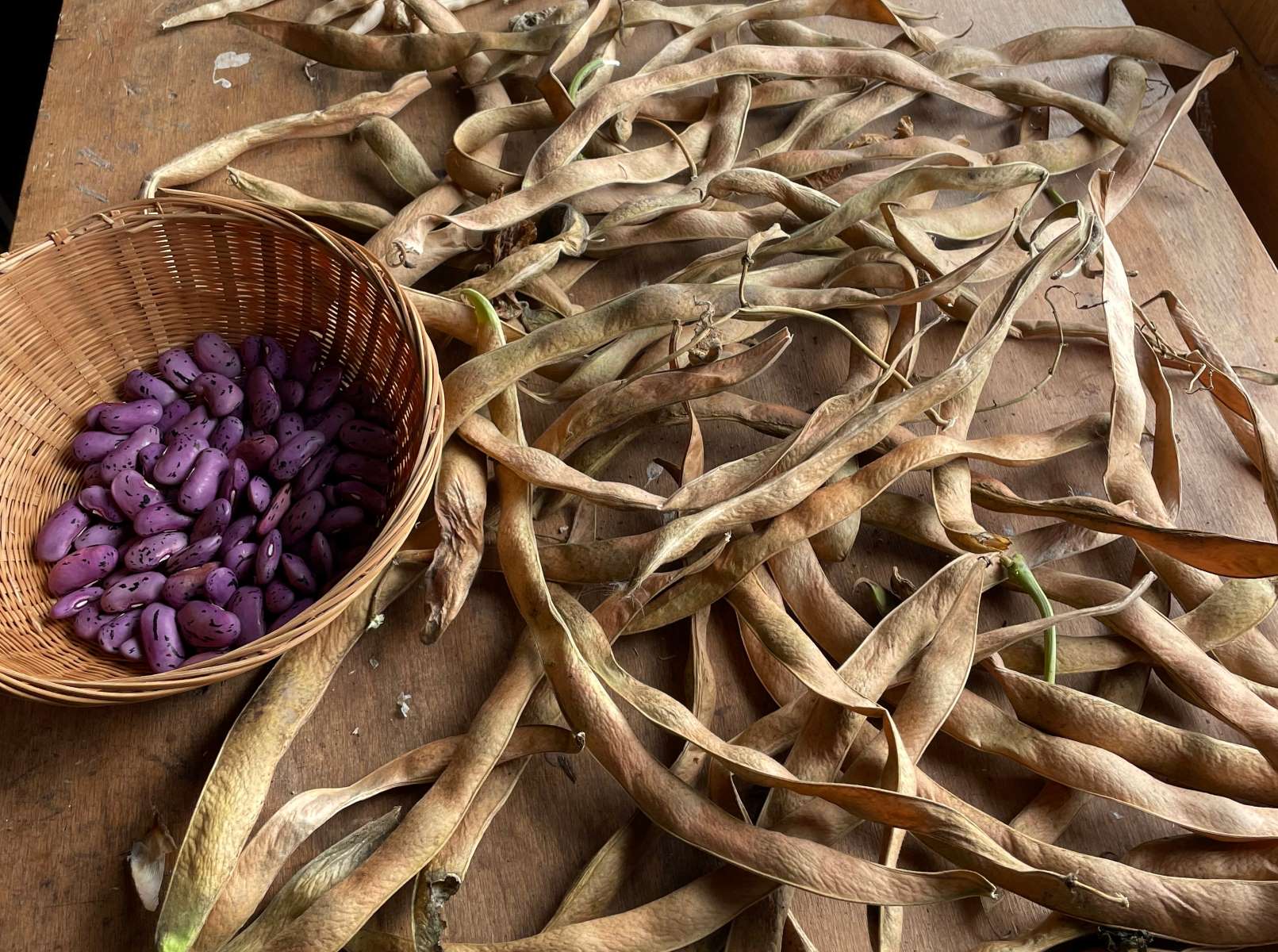
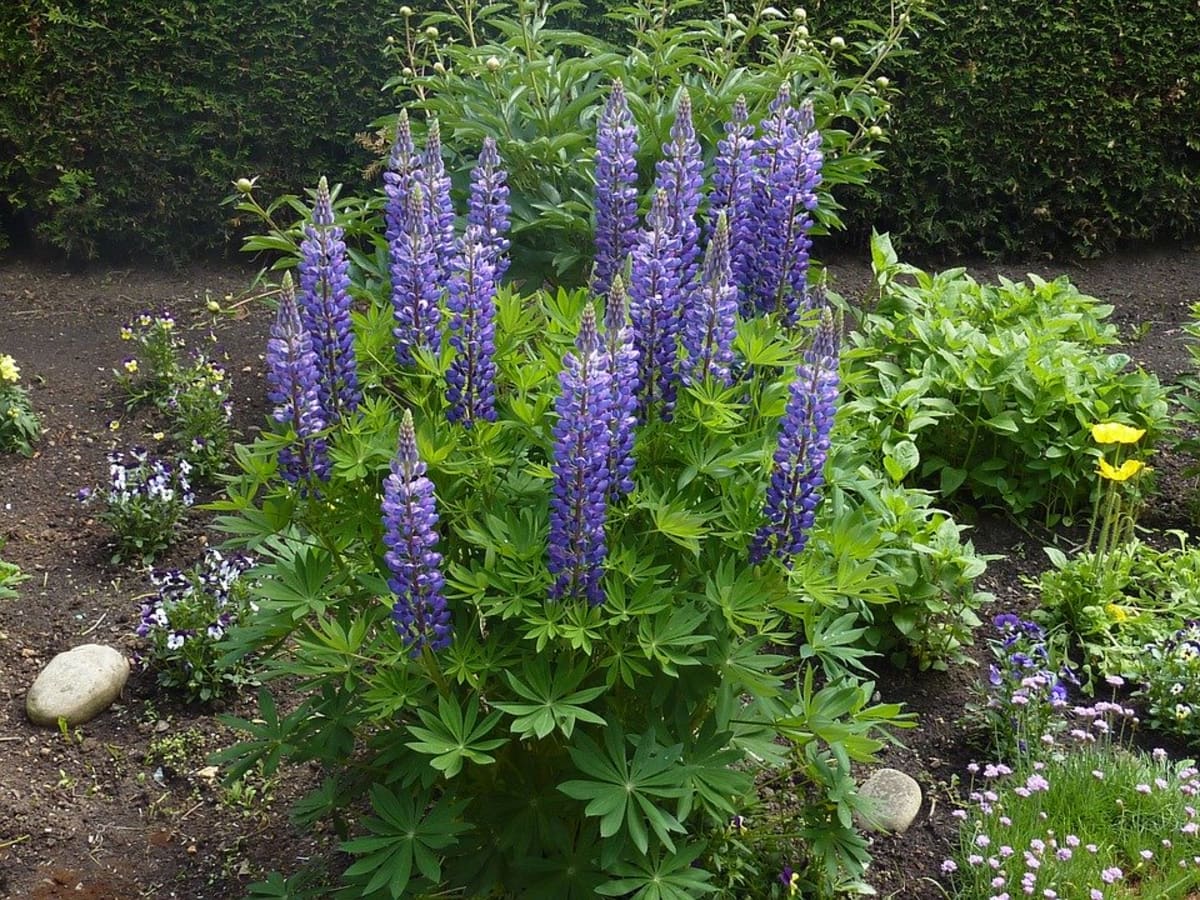

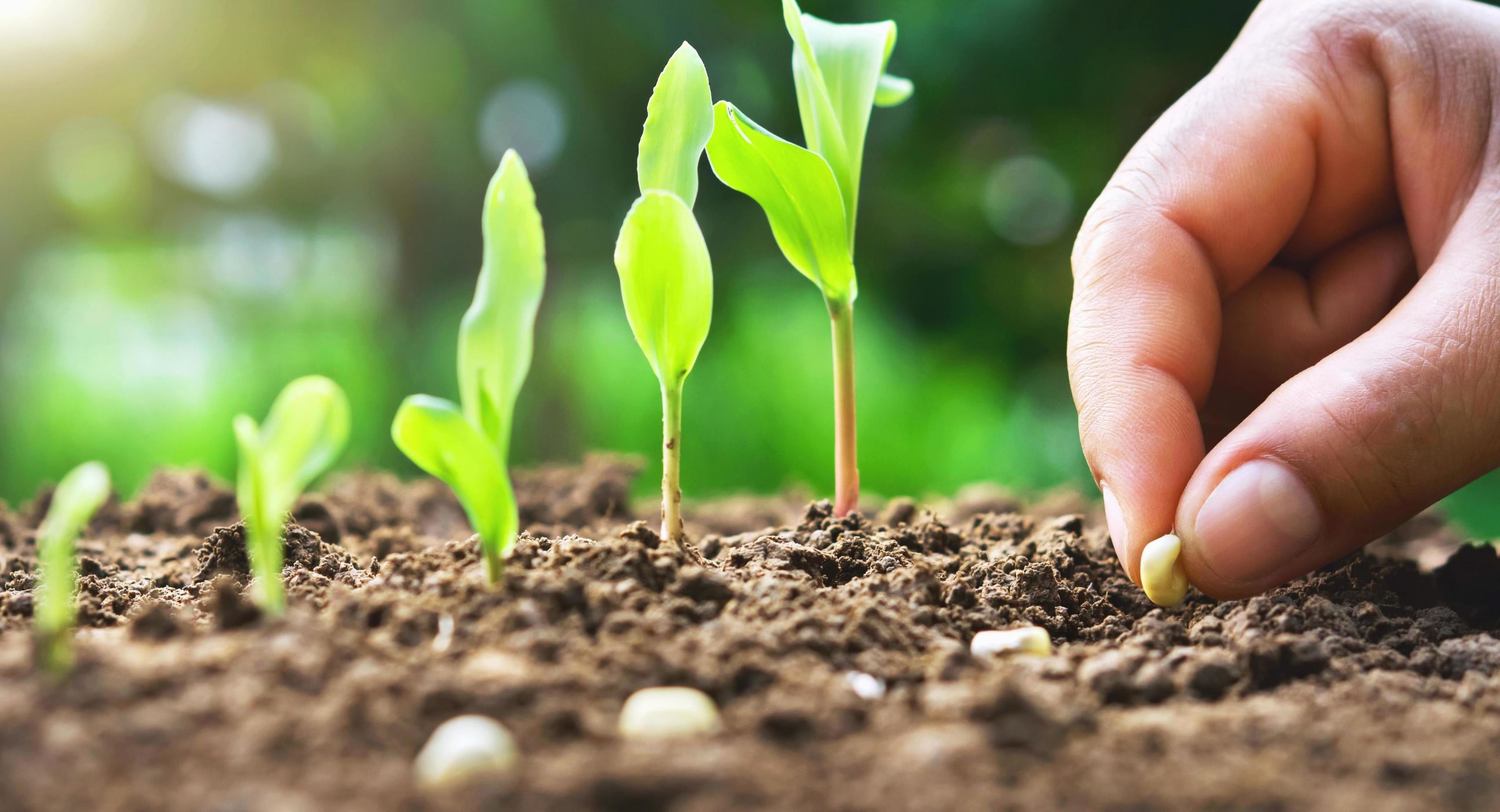
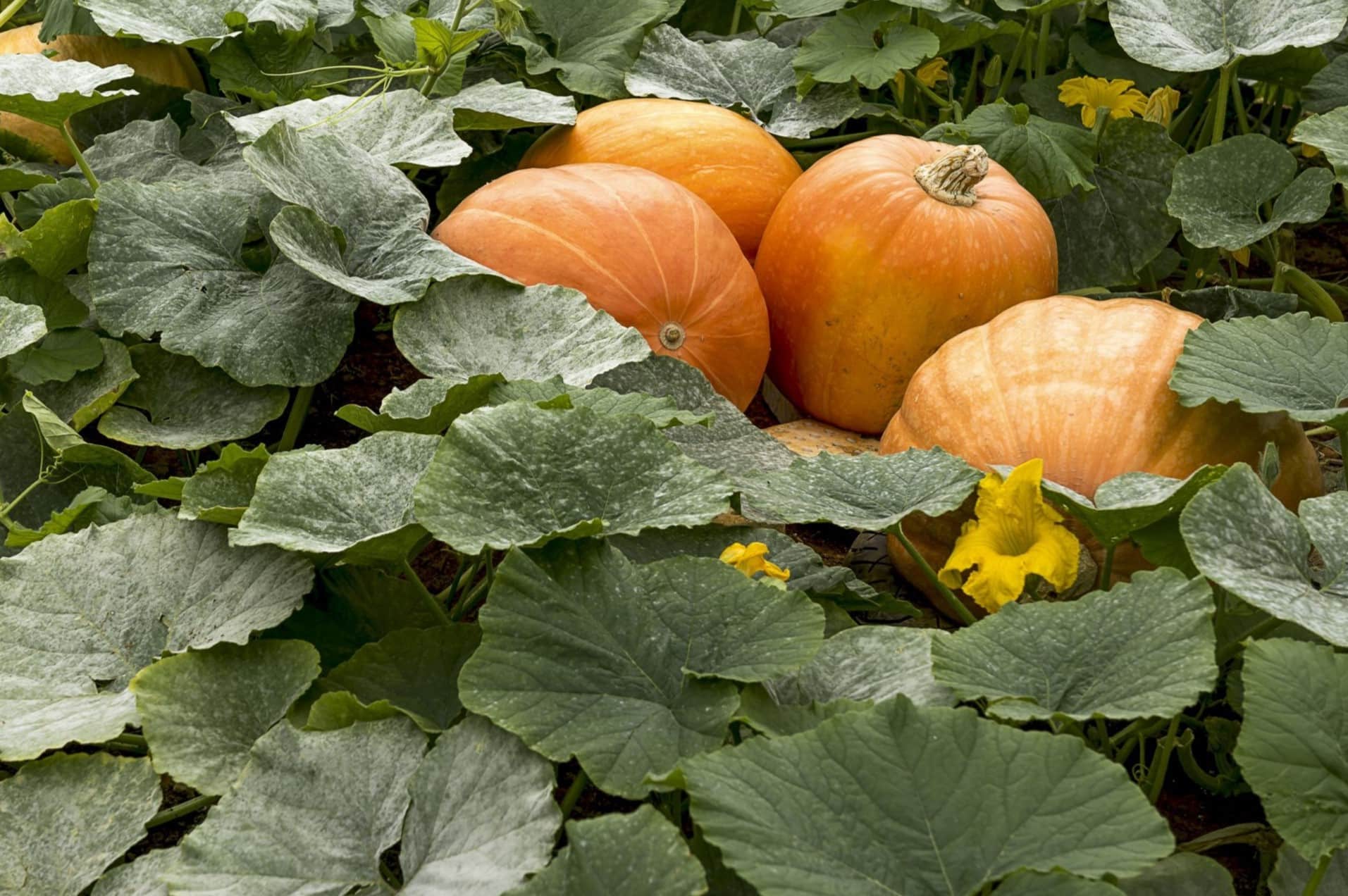
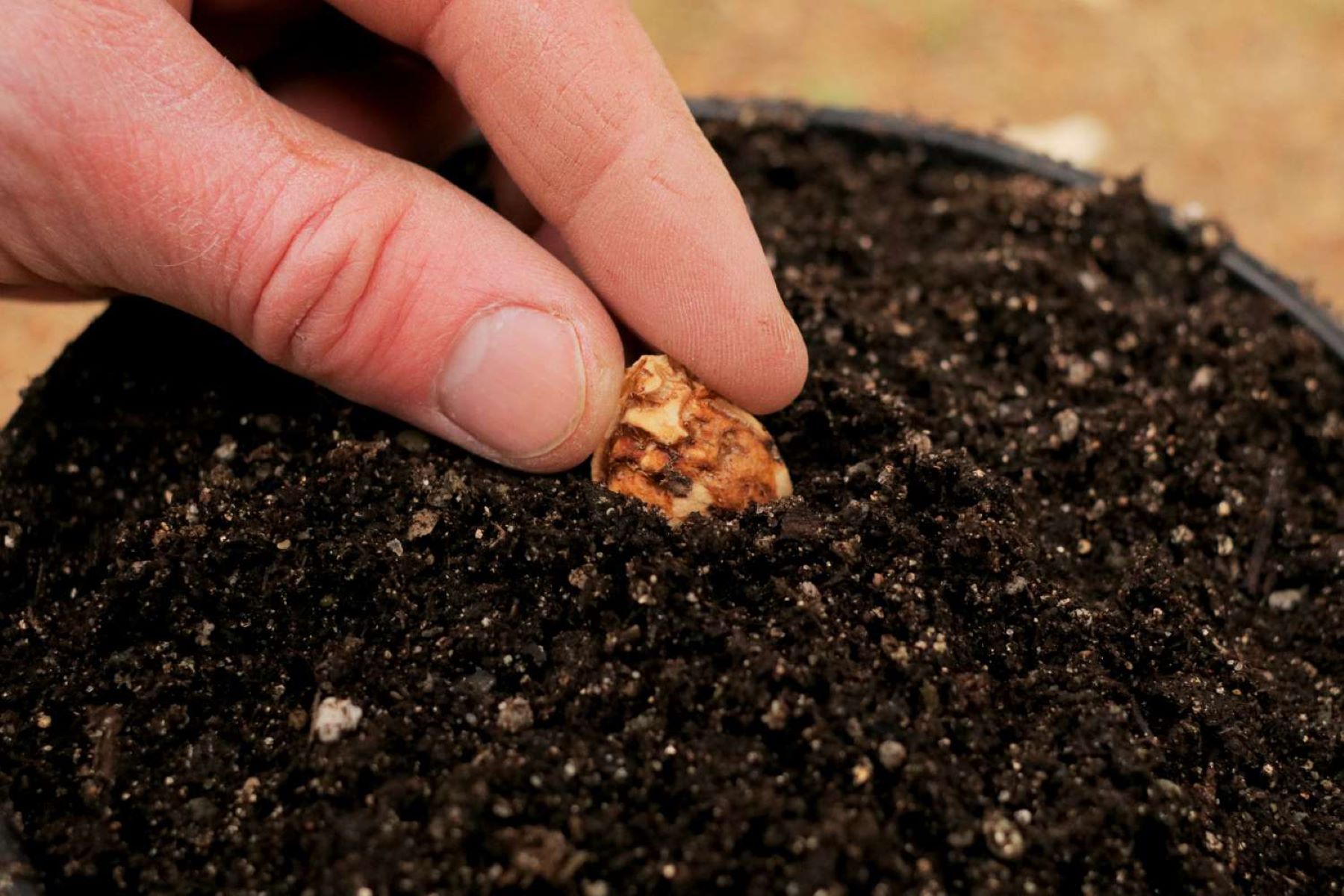
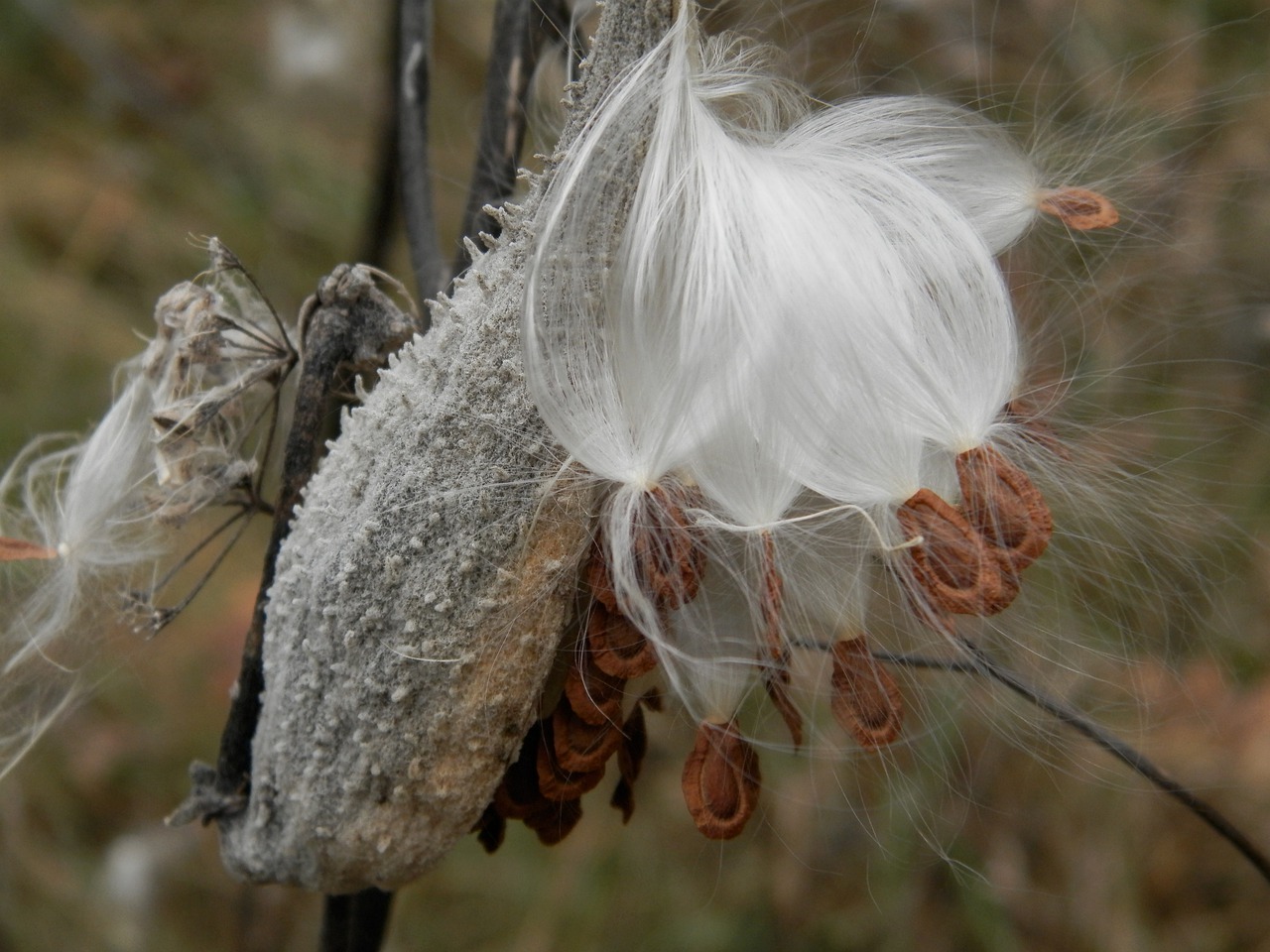
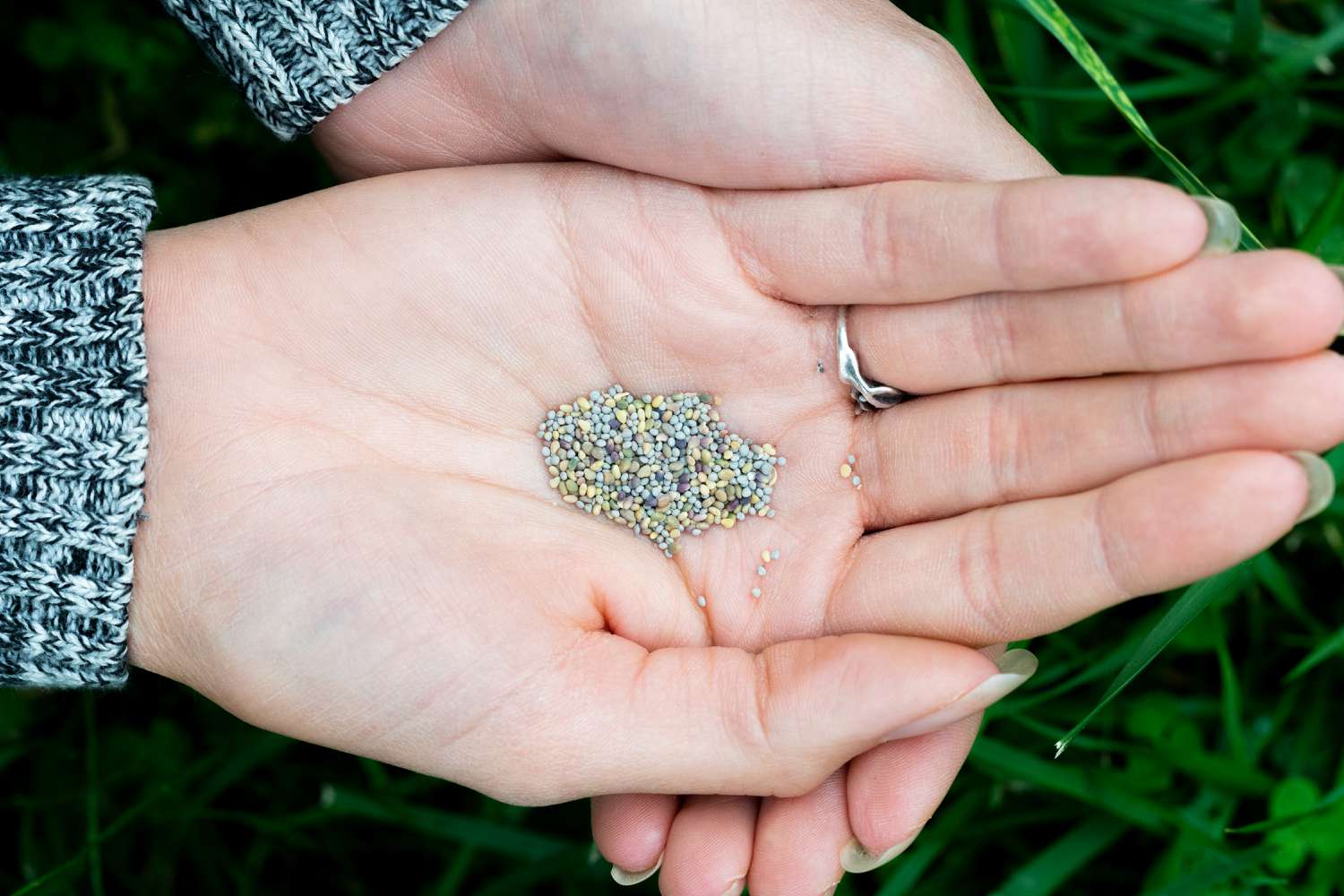

0 thoughts on “How To Plant Orange Seeds”